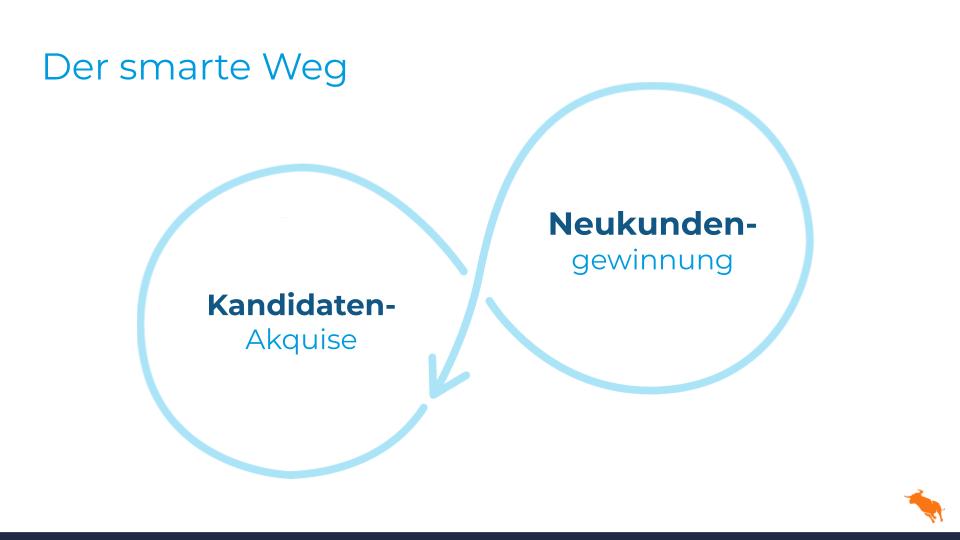Beschäftigungstrends: Welche Auswirkungen hatte 2018 auf die Personalbeschaffungsbranche?

In 2018 we started research by the Confederation of British Industry ( CBI ) in collaboration with the Pertemps Network Group . The survey identified the opportunities and challenges the UK labor market would face in the coming year and provided a comprehensive overview of the employment landscape based on responses from 299 private companies. Now that we’re in 2019, it’s an ideal time to think about how these predicted employment trends affected recruitment in 2018 and consider what the next 12 months could bring.
Companies have increased the number of employees
The study found that over half (51 percent) of companies plan to increase the number of employees by 2018, with the highest confidence among SMEs (58 percent). In addition, 46 percent of those surveyed had plans to increase the number of permanent positions, with 69 percent assuming that they will maintain or increase staff numbers. This reflects the results of the 2018 UK Recruitment Trends Report , which found that 61 percent of agencies expected an increase in hiring needs over the past 12 months. In fact, the Recruitment and Employment Confederation (REC) revealed in its annual report that the recruitment industry is one despite Brexit’s ongoing concernsSales reached £ 35.7 billion (an increase of 11 percent) . While the increase in the number of employees in the various labor markets offered the agencies plenty of opportunities, this was not without a challenge.
Diversity and inclusiveness were hot topics
The vast majority of respondents – 93 percent – believed that in 2018 more than ever, a diverse and inclusive (D&I) workforce would be crucial to their future success. Seven out of ten companies have introduced or expanded flexible work, and 52 percent of companies recognize that an inclusive workplace helps to attract and retain employees – and that will remain the case in 2019, if D&I becomes more important, your agency is in able to continue to create real added value. Act as a strategic partner – produce content for your customers that demonstrates diversity best practices and uses case studies from collaboration with other companies. Offer your customers to review their existing recruitment practices to ensure
The growth of the gig economy was booming
The desire for flexible work led to a boom in the gig economy this year , in which more employees than ever are looking for alternatives to full-time employment. The UK Recruitment Trends Report 2018 shows that 59 percent of agencies expect to increase the number of temporary placements in 2018 compared to just 37 percent in 2017. In fact, many agencies have taken proactive steps to do better working with contractors to get the most out of the booming gig economy.
As the gig economy is gaining momentum, the agencies had to ensure that they react to the associated changes. Those who did not rely on temporary workers in the past risk losing to competitors if their business model does not change to take into account the needs and desires of applicants and employers.
Overall, 2018 was a year of continued growth and change for the recruitment industry, with employment trends increasing the workforce. For 2019, it is clear that the key features that will advance the industry throughout 2018 will remain relevant in the coming months. This means that agencies that want to be successful must continue to add strategic value to a market that focuses on skills shortages, geopolitical insecurity and evolving work practices.




